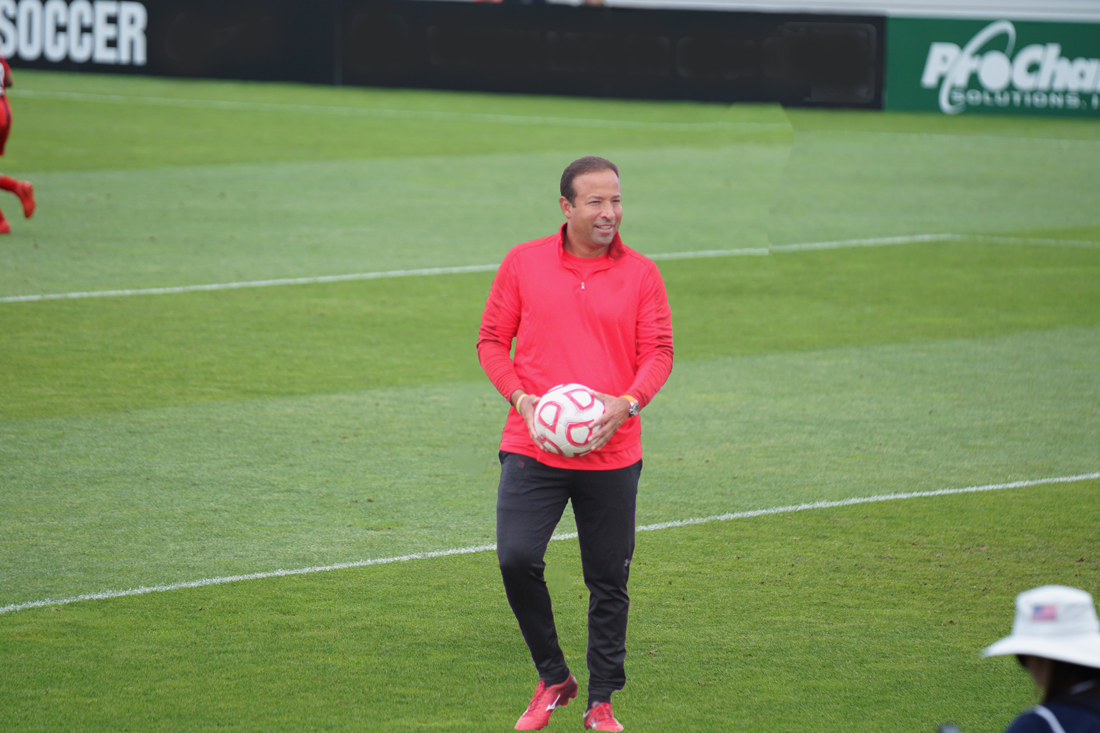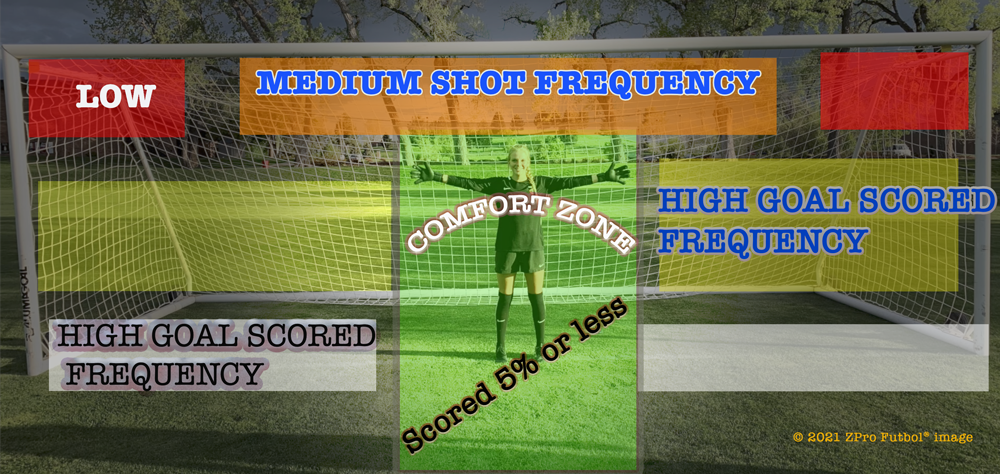Goalkeeper training importan tip
Goalkeepers do not train to be PERFECT. They train to stop as many goals as possible.

By Zuriel Lozano, international goalkeeper coach, Master of Science Sports & Health sciences
There is no secret that many amateur goalkeepers in America train up to 4 times a week or more, but these keepers continue to get the same results. Many will struggle & only a few will improve. One of the biggest problems in young goalkeepers is NOT necessarily their physical abilities, although it is important, it is their weekly goalkeeper training.
We all know that overcrowded goalkeeper trainings seem to be the norm in many programs. However, when you have one coach and 6-10 goalkeepers, this is NOT going to help these goalkeepers to improve.
In addition, the heavy emphasis on working on very basic techniques is absolutely a great idea at ANY level. But unfortunately, it may not be enough when shots are completely out of their comfort level.
Here’s the point, the majority of goalkeeper trainings are done within comfort zones. However, the majority of GOALS scored against goalkeepers are outside their comfort zones. See pic!!
“If you want to learn a new language and all you know is many words & phases, that does not make you a fluent speaker. You need to get out on the street & out of your comfort zone to learn something new. This same idea applies to goalkeeper training”
If you look at the PIC on this blog, you will notice where most goals happen during matches. Almost 95% of goals against goalkeepers occur out of their comfort zone. However, if you observe closely how trainings are done at youth soccer club levels, everything is done around, near or in front of the goalkeeper. This explains why so many amateur goalkeepers struggle most of their careers in goal. This training approach makes sense if kids are on the beginning stages but when they get older things are going to be tougher.
There is always an exception to the rule. There are very athletic goalkeepers who are able to do a lot with very little training. However, the older they get, the tougher the competition will be and most players start to be about the same physically, technically and mentally. In other words, just because a goalkeeper is awesome at the age of 13, just wait a few years and see how all kids suddenly look about the same.
So how are you supposed to train?
Here’s where it gets tricky for many coaches, specially when goalkeepers are training in a program with 50 goalkeepers and few coaches. If this is your case, RUN!!!. Go some place where you can at least feel you are improving and feeling more confident.
Next, the goalkeeper training program should provide a more personalized training to meet the need of each keeper. For example, a SHORT goalkeeper will have different challenges than a tall one. Or a slow vs fast goalkeeper. These issues MUST be taken in consideration in order to see real improvements.

Next, once goalkeepers can do the very basic techniques, then it is time to work on things that most young goalkeepers fear. For example, many young goalkeepers are scared to dive high because they are afraid to hurt themselves on the landing. Some are truly afraid of 1 v 1’s or breakaway because of massive collisions. However, these techniques WILL help goalkeepers play well during matches.
All of these shots taken outside the comfort zone require athleticism, speed & power and great skill. Therefore, their training has to meet these requirements as you get older.
As an example, making top corner saves are very difficult. But if the young goalkeeper is not taught the proper technique, not only he/she will get scored on constantly, but he could potentially have a hard/wrong landing and be permanently injured. This is why goalkeeper is considered a SPECIALIZED POSITION.
Hopefully this picture I shared on this blog gives you a clear idea where all the goals happens. In fact, watch goals scored against goalkeepers on YouTube and you will see that 99% of those goals are all out of their green or comfort zone. As a result, their training have to be constantly adjusted to stay competitive in the modern game.